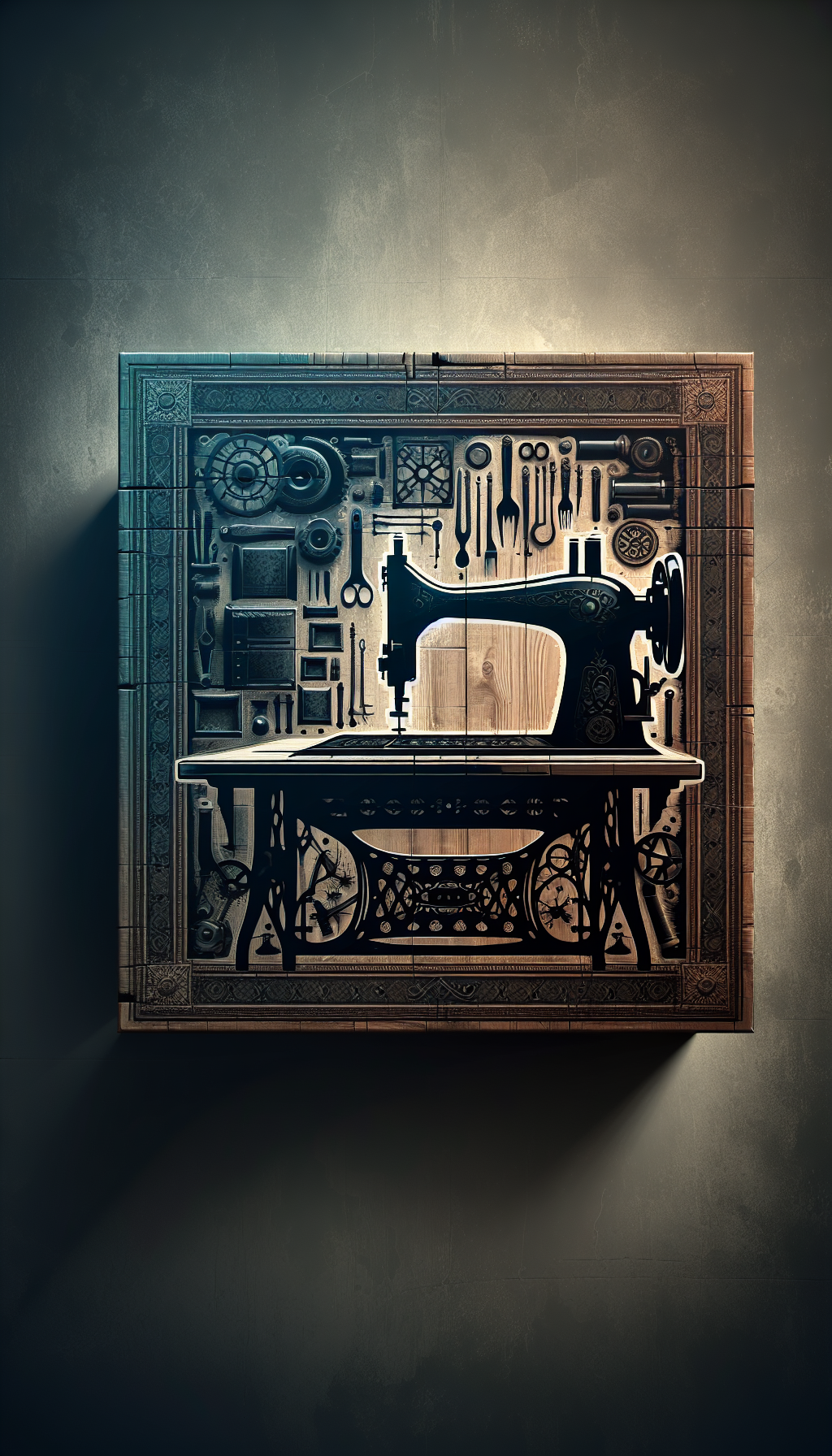Emanuel Mattini Orchestration Xiii Limited Edition Print
Emanuel Mattini’s Orchestration XIII sits squarely in the artist’s much-loved world of musicians, movement, and lyrical abstraction. For collectors and appraisers, the work’s appeal is twofold: the instantly recognizable orchestral theme and the availability of limited edition prints that bring the image to a broader market. This guide explains what to look for when identifying, authenticating, and valuing an Orchestration XIII limited edition print, along with practical advice for care, framing, and insurance.
Artist and Series Context
Emanuel Mattini is known for elegant, stylized figures—often musicians and dancers—rendered in warm, lyrical palettes. Across his Orchestration series, Mattini’s subjects are arranged like a musical score: elongated forms, flowing lines, and rich color passages that suggest rhythm and harmony. Orchestration XIII (Roman numeral “XIII,” sometimes styled as “Xiii” or “XIII”) typically features instrumentalists in an abstracted space, emphasizing gesture over facial detail.
Collectors gravitate toward the Orchestration images because:
- The theme is broadly appealing for music and art lovers.
- The compositions translate well into print editions with strong color fidelity.
- The series offers cohesive display opportunities when pairing multiple prints.
Mattini’s signature visual vocabulary—curvilinear forms, warm earth tones offset by dark accents, occasional metallic highlights—helps with attribution and authenticity checks. However, style alone is not proof; edition details and production characteristics matter.
Edition Types and Printing Variants You May Encounter
Orchestration XIII has circulated as limited edition prints in different formats over the years. While specific edition facts vary by release, the following patterns are common to Mattini’s limited editions:
- Mediums:
- Serigraph (silkscreen) on paper: built up with multiple ink layers, often with a saturated, slightly textured surface.
- Giclée (pigment ink) on paper or canvas: precise, smooth tonal transitions; on canvas, the print may be varnished.
- Edition notations:
- Numbered edition in Arabic numerals (e.g., 123/350).
- Artist’s Proofs (AP), Printer’s Proofs (PP), or Hors Commerce (HC) may exist in smaller quantities.
- Signature:
- Hand-signed by the artist, commonly in graphite (pencil) on paper editions, or in paint/ink on canvas giclées. Signature typically appears lower right.
- Title and inscription:
- The title “Orchestration XIII” may be handwritten, printed, or absent depending on the release. Roman numerals might be upper- or mixed-case.
- Publisher marks:
- Look for a blind stamp (embossed publisher’s chop) in the lower margin on paper serigraphs/giclées. Not all editions include a blind stamp.
- Certificates:
- A certificate of authenticity (COA) may accompany the work. COAs vary in format by publisher or gallery; they support but do not guarantee authenticity.
- Dimensions:
- Image and sheet sizes vary by edition. Large-format paper serigraphs commonly fall in the 22 x 30 in to 30 x 40 in sheet range; canvas giclées may be similar or larger. Always record exact measurements.
Because Mattini’s imagery has been published in multiple editions across his career, confirm that the edition method (serigraph vs giclée), edition size, and any special finishes (e.g., hand embellishment, metallic accents) match what is represented in documents or sales listings.
Authenticity and Attribution: What to Check
Authenticity rests on a cumulative case. Use the following checkpoints when assessing an Orchestration XIII limited edition print:
- Signature analysis:
- Expect a fluid “Mattini” signature. Compare letterforms, slant, and pressure to known examples from the same period and medium. Signatures on paper are often in pencil; on canvas giclées, ink or paint marker may be used.
- Edition number:
- Confirm the fraction (e.g., 85/350) is hand-applied and consistent with edition size claims. Edition numbers should not look mechanically printed. AP, PP, or HC notations should be clear and legible.
- Print medium verification:
- Serigraph: Under low magnification, you should see solid, sharply bounded color areas, sometimes with slight edge ridges or a chalky/velvety ink surface. Layering is often discernible by touch (do not touch unglazed prints).
- Giclée: Pigment dots blend into smooth gradients; edges are crisp but lack the relief of serigraphy. On canvas, the weave is visible; on paper, surface is smoother with even ink laydown.
- Paper or canvas quality:
- Fine art paper (cotton rag, often with a watermark on some editions) or a quality artist canvas. Avoid thin poster stock or glossy photo paper for limited editions.
- Publisher and chop marks:
- Check for a blind stamp in the lower margin on paper editions. If present, it should be crisp. Record any publisher imprint or plate markings on the verso.
- COA and provenance:
- Evaluate the COA issuer, date, and match to the edition number. Corroborate with invoices, gallery labels, and exhibition history if available. Consistency across documents strengthens the attribution.
- Image fidelity:
- Compare composition and color balance to known examples of Orchestration XIII. Major deviations in cropping, palette, or detail can signal an open-edition reproduction rather than a limited edition.
Red flags include printed (not hand) signatures, mismatched numbering conventions, suspiciously low “edition sizes” without corroboration, pixelation on supposed serigraphs, and low-grade paper or canvas.
Condition Factors That Drive Value
Condition can swing value by hundreds of dollars on contemporary prints. Inspect with consistent, raking light and, if possible, a UV lamp.
- Paper-based prints:
- Light exposure: Look for fading, yellowing, or uneven color. Check for mat lines or differential fading where framing covered margins.
- Foxing and staining: Brown spots (foxing), tide lines from moisture, or mat burn (acidic matting discoloration) reduce value.
- Handling issues: Creases, edge nicks, abrasions, and surface scuffing are common. Check corners under the mat.
- Hinges and tapes: Non-archival tapes can stain and reduce reversibility. Removal should be left to a paper conservator.
- Canvas giclées:
- Surface condition: Abrasions, scratches in varnish, and pressure marks. Uneven stretching or waviness can occur.
- Framing stress: Over-tight stretcher keys or frame rubs along edges.
- Additives and finishes:
- Metallic pigments or hand embellishment may be sensitive to abrasion. Avoid dry cleaning methods on exposed surfaces.
Grade the work using a clear framework (e.g., Mint, Excellent, Very Good, Good, Fair) and note each flaw with location and severity. Original, archival framing with UV-protective glazing can support higher valuations; however, poor framing can mask damage, so always request to inspect the work out of the frame when possible.
Market Value Drivers and How to Build Comparables
Prices for Emanuel Mattini limited edition prints generally reflect the following factors:
- Medium and edition:
- Serigraphs in larger formats and smaller edition sizes tend to command stronger prices than large, open-ended giclée reproductions. Hand-embellished giclées or special-color serigraphs may also bring premiums.
- Image popularity:
- The Orchestration series is especially sought after among music-themed collectors and interior designers. More iconic compositions typically outperform lesser-known variants.
- Edition size and rarity:
- Lower numbered, smaller editions (e.g., under 200) and scarce proofs can see higher demand, but condition and desirability still dominate.
- Condition and presentation:
- Fresh colors, clean margins, and professional archival framing lift value. Documented conservation can restore market confidence, but visible repairs may still affect price.
- Provenance:
- A coherent ownership chain, gallery invoices, or exhibition history can enhance trust and saleability.
- Market channel:
- Retail gallery asking prices can sit in the mid-hundreds to low-thousands USD for Mattini limited editions, with auction realizations often lower due to the wholesale nature of auctions. Regional demand, seller reputation, and seasonality play roles.
To build an appraisal-grade comparable set:
- Match medium (serigraph vs giclée), edition size, and format (paper vs canvas).
- Match image: specifically Orchestration XIII, not just “Orchestration.”
- Align condition and framing status.
- Use the most recent, arms-length sales available, weighting realized prices over asking prices.
- Normalize for size and edition differences by calculating price per square inch or applying reasonable adjustment percentages.
Document your comparable sources, date ranges, and any adjustments applied so your valuation remains transparent and defensible.
Display, Care, and Insurance Considerations
Protecting your Orchestration XIII print helps preserve both aesthetic and market value.
- Framing:
- Paper prints: Use 100% cotton rag mat and backing, hinged with Japanese paper and reversible adhesive. Opt for UV-filtering glazing (acrylic or glass). Keep the sheet off the glazing with a mat/spacer.
- Canvas giclées: Float or standard frame with adequate clearance; avoid direct contact with the image surface.
- Environment:
- Light: Keep cumulative light exposure low. Avoid direct sun and strong LED spotlights. Aim for 50–150 lux for paper works in home settings.
- Climate: 40–55% relative humidity and stable temperatures. Avoid fireplaces, radiators, and bathrooms.
- Handling and storage:
- Handle paper prints by the edges with clean cotton or nitrile gloves. Store flat in archival folders or, for canvas, in padded, climate-stable environments.
- Insurance:
- Insure to either retail replacement value (for homeowners policies) or fair market value (for donation/estate contexts), as appropriate. Revisit valuations every 2–3 years to reflect market movement.
Practical Checklist: Emanuel Mattini Orchestration XIII
- Confirm title: Orchestration XIII (note roman numerals and any variations on documentation).
- Identify medium: serigraph on paper or giclée on paper/canvas; verify with magnification.
- Record edition: number, edition size, and any AP/PP/HC proofs.
- Verify signature: hand-signed “Mattini,” placement consistent with known examples.
- Note publisher marks: blind stamp, embossed chop, or verso labels if present.
- Measure precisely: image size and overall sheet/canvas dimensions.
- Assess condition: fading, foxing, stains, creases, scuffs, varnish issues.
- Compile provenance: COA, invoices, gallery labels, prior appraisals.
- Build comparables: same image, medium, size, and similar condition; favor realized sales.
- Plan care: archival framing, UV glazing, stable environment, insurance update.
FAQ
Q: Is Orchestration XIII more valuable as a serigraph or as a giclée? A: All else equal, serigraphs often command higher prices due to the labor-intensive process and tactile ink layers. However, a larger, hand-embellished giclée of a popular composition in excellent condition can rival or exceed a smaller serigraph. Verify the specific edition details before concluding.
Q: Where should I find the edition number and signature? A: On paper editions, look to the lower margin: edition number at lower left, pencil signature at lower right, and occasionally a handwritten title centered. On canvas giclées, signatures can appear along the lower right image area; edition details may be on the stretcher or verso label.
Q: What’s a typical edition size for Mattini prints? A: Edition sizes vary. Many contemporary serigraph editions fall roughly between 95 and 350 impressions, plus proofs, while giclée editions can be similar or larger. Always rely on the specific edition’s documentation and markings.
Q: My print is framed. Should I open it to inspect? A: If you suspect issues or need appraisal-level documentation, request de-framing by a professional to assess margins, hinges, and condition fully. Improper opening can cause damage; when in doubt, consult a conservator or experienced framer.
Q: Does a COA guarantee authenticity? A: A COA supports attribution but is not definitive on its own. Cross-check the COA with the physical traits of the print, the edition number, signature style, and publisher marks. Discrepancies warrant further investigation.
By applying these identification, condition, and market principles, you can confidently evaluate an Emanuel Mattini Orchestration XIII limited edition print—whether you’re preparing an appraisal, making a purchase, or updating insurance coverage.



